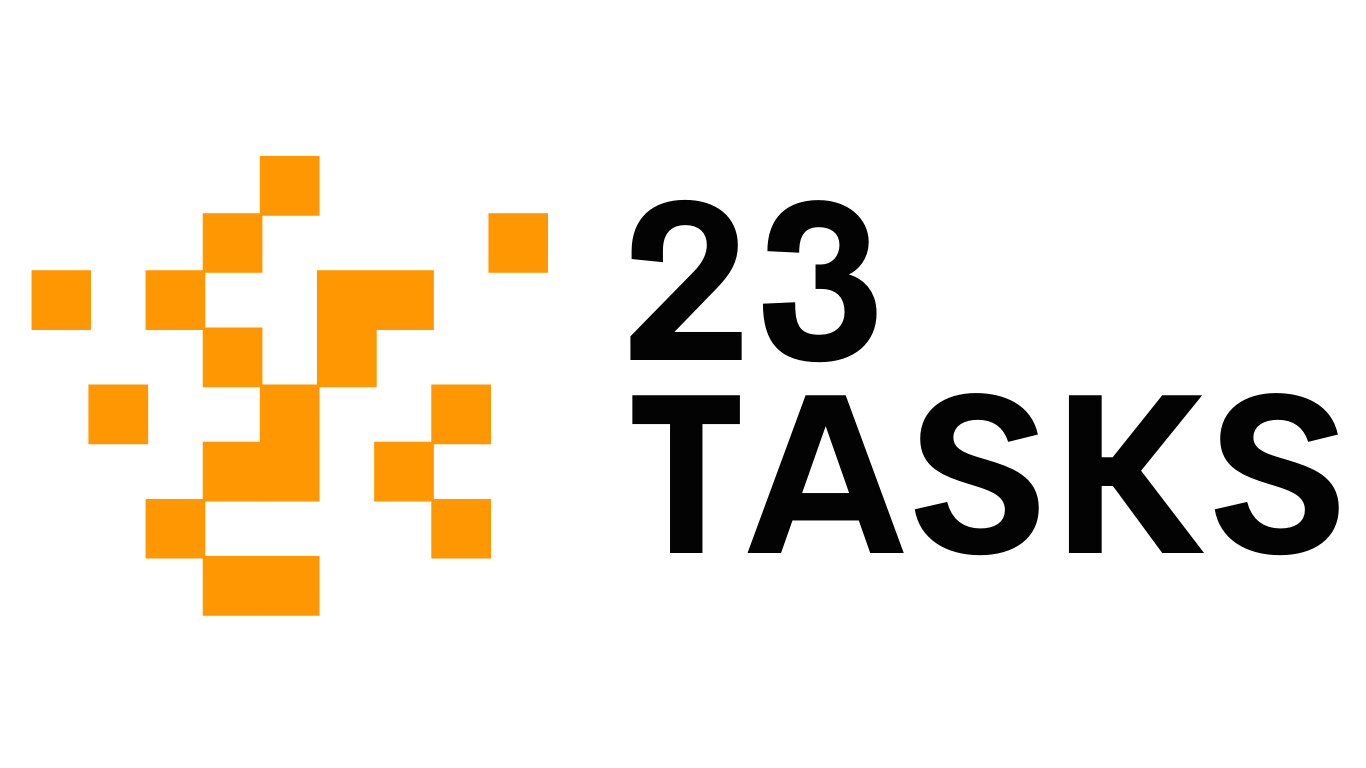What are effective strategies for managing cravings?
A Slightly Deeper Dive
Food cravings are intense desires for specific foods, often high in sugar, fat, or salt, and they can be a significant hurdle on any weight loss journey.
Proven Strategies for Controlling Food Cravings
Successfully navigating cravings isn't about sheer willpower but about having a toolkit of effective strategies. Healthline, in its article
Here are some key strategies to implement:
- Identify Your Triggers: Pay attention to when and why cravings hit.
Are you genuinely hungry? Or are you feeling stressed, bored, sad, or lonely? Is it a particular time of day or a specific environment? Keeping a food and mood journal can help you identify patterns and distinguish between physical hunger and emotional or habitual cravings. - Hydrate First: Often, our bodies mistake thirst signals for hunger or craving.
Before reaching for a snack, try drinking a large glass of water. Wait 10-20 minutes, and see if the craving subsides. - Eat Balanced Meals Regularly: Preventing extreme hunger is crucial. Ensure your meals are well-balanced with sufficient protein, fiber (from fruits, vegetables, and whole grains), and healthy fats. Protein and fiber are particularly effective at increasing satiety and keeping you feeling full for longer, reducing the likelihood of intense cravings between meals.
- Practice Distraction or Delay: Cravings often peak quickly and then subside if not acted upon.
When a craving strikes, try the "20-minute rule." Distract yourself with an activity you enjoy – take a short walk, read a book, call a friend, or do a quick chore. Often, the craving will pass within this time frame. - Prioritize Sleep and Manage Stress: As discussed previously, inadequate sleep can disrupt hunger-regulating hormones (ghrelin and leptin), leading to increased cravings.
Similarly, chronic stress can trigger emotional eating. Prioritize 7-9 hours of quality sleep and incorporate stress-management techniques like meditation, deep breathing, or yoga into your daily routine. - Remove Temptation: If certain "trigger" foods consistently lead to uncontrollable cravings, it's often best to keep them out of your home environment. The less accessible they are, the less likely you are to give in to spontaneous urges.
- Practice Mindful Eating: When you do eat, slow down.
Pay attention to the taste, texture, and aroma of your food. Chew thoroughly and put your fork down between bites. This helps you tune into your body's fullness cues, leading to greater satisfaction with less food and reducing the urge to overeat. - Allow for Small, Planned Indulgences: Overly restrictive diets can backfire, leading to intense cravings and eventual binges.
Instead, consciously plan for small portions of your favorite treats occasionally. Knowing you can have a small amount can reduce the psychological deprivation that fuels intense cravings.
In summary, effectively managing food cravings is a multifaceted skill involving self-awareness, strategic nutrition, and mindful living.
If you're here you're already ahead of the pack. Take the next step. Complete even half of the 23 Tasks and you'll know more than 99 percent of the world about weight loss. For a lot of people, price was the only obstacle. That's why we've introduced our monthly sub. If you feel it doesn’t click with you, you're not committed to any long term plan.
Sign up for our newsletter
© 2025 23 tasks All rights reserved. The 23 Tasks logo and trademark are propietary and legally protected. Unauthorized use, reproduction, or distribution is strictly prohibited.

